Species Photo Gallery for Macrosteles slossoni No Common Name 8 |
 | Photo by: J. B. Sullivan
Yancey Co.
Comment: |  | Photo by: J. B. Sullivan
Yancey Co.
Comment: |
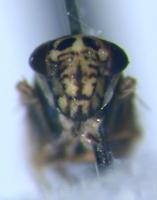 | Photo by: J. B. Sullivan
Yancey Co.
Comment: | 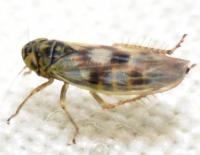 | Photo by: Kyle Kittelberger, Brian Bockhahn, Paul Scharf
Avery Co.
Comment: grassy, brushy habitat and forest edge/interior |
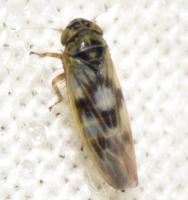 | Photo by: Kyle Kittelberger, Brian Bockhahn, Paul Scharf
Avery Co.
Comment: grassy, brushy habitat and forest edge/interior | 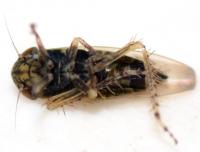 | Photo by: Kyle Kittelberger, Brian Bockhahn, Paul Scharf
Avery Co.
Comment: grassy, brushy habitat and forest edge/interior |
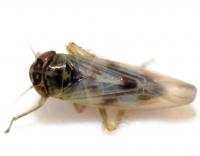 | Photo by: Kyle Kittelberger, Brian Bockhahn, Paul Scharf
Avery Co.
Comment: grassy, brushy habitat and forest edge/interior | 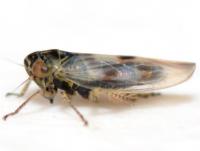 | Photo by: Kyle Kittelberger, Brian Bockhahn, Paul Scharf
Avery Co.
Comment: grassy, brushy habitat and forest edge/interior |
|

 »
»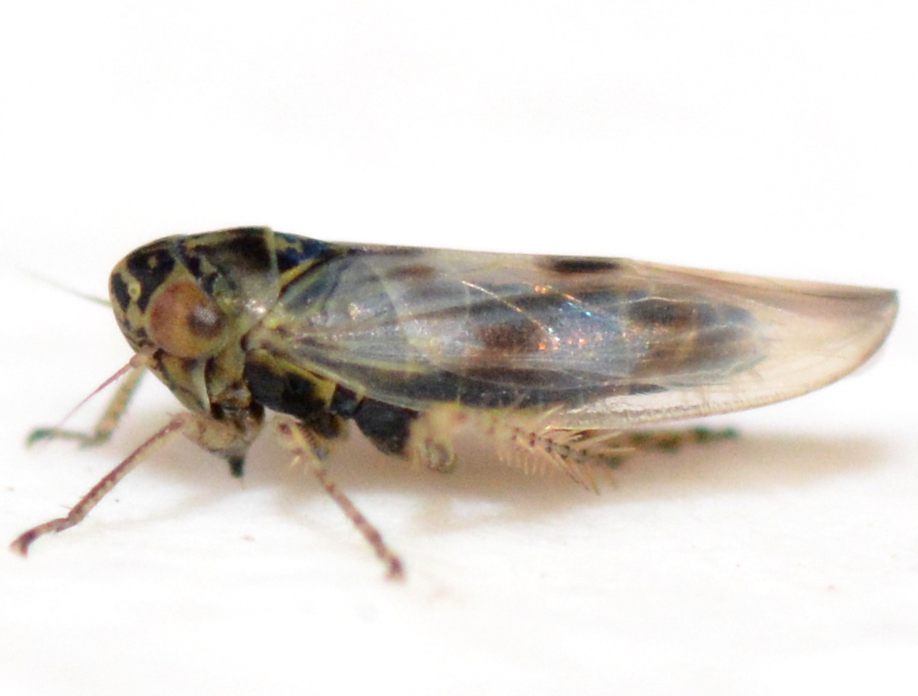



 »
»

